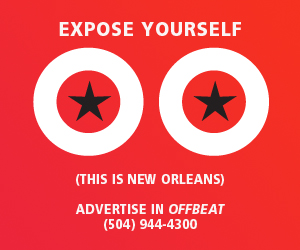 |
It does not require arduous analysis to realize that the center of hip-hop has vacated the culture’s Mecca of New York City, and has bounced its way to the southern region of the United States, but in Third Coast, music journalist Roni Sarig ambitiously states that the transition is more of a homecoming for the genre.
“Rap, as far as I can see, came from the South,” Sarig writes. “All of the spoken forms that are recognized as precursors to rapping—playing the dozens, signifying, toasting, shuckin’ and jivin’- have roots in slavery.”
Along with tracing the roots of hip-hop to slave songs, Sarig partly credits the widely-held belief that hip-hop was started in New York City to the flight of southern DJs up to the northern states, during the migration of many African-Africans around the 1940s.
In his second book, Sarig, the New York resident, chronologically delves into the evolution of southern hip-hop in each of the major cities. The most compelling aspect of the book is Sarig’s reporting. In a music genre that is highly scrutinized, and where pretty much every rap album could be considered the artists’ autobiography, Sarig digs up some interesting information as if he was at all of these places, while they were happening. For example, in the introduction to the chapter on the evolution of Houston’s Rap-A-Lot Records, Sarig mentions that the raps of California’s infamous group, NWA were mostly written by Texas native, D.O.C.
New Orleans’ contribution to hip-hop is divided into two sections in Third Coast, revolving around the emergence of the city’s No Limit and Cash Money labels. Sarig asserts that Cash Money was more culturally prominent than No Limit Records. “Cash Money ultimately broke through because it offered something that fans, consciously or not, could recognize as New Orleans,” he writes, “the swaggering march step, the joie de vivre, the carnival beat meant to dance away the struggle.”
The slight attention Sarig pays to No Limit is a chronological development of the label, and a handful of quotes that are mostly derived from hip-hop magazines. To a fan of the label, Sarig only contributes a theory of the label’s demise, and a little known fact that makes Master P seem even more ambitious than Joe Jackson in terms of making family members into stars.
The publishing of Third Coast solidifies southern hip-hop as more than a step- brother to the more-respected New York brand. The pages fly easily, providing reporting from the eye of a mouse-like investigator who divulges many little-known facts on the genre’s biggest stars. It would have been better with more participation from the artists themselves, and it would have also been interesting to see Sarig develop his idea of southern states having a bigger influence on the birth of hip-hop. Overall, Third Coast, shines as a historical work, and draws attention to the New Orleans scene that pours out nostalgia for Bounce music.




